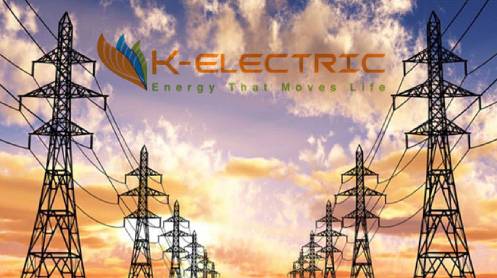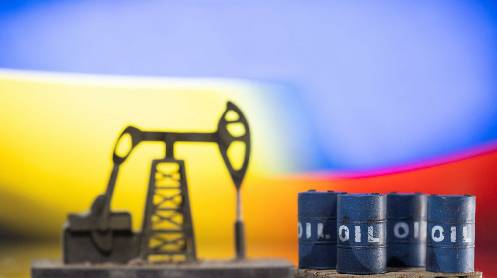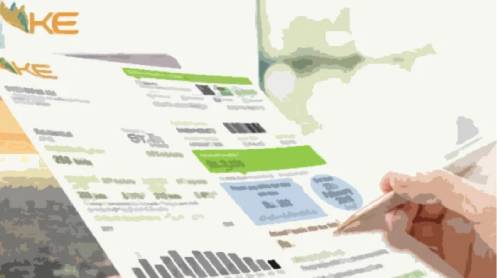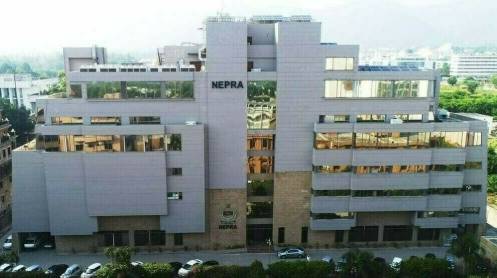ISLAMABAD: K-Electric (KE), Pakistan’s only privatised power utility, has rejected claims that it receives operational subsidies, insisting instead that the payments it receives are tariff differential claims under the government’s uniform tariff policy.
Appearing before the National Electric Power Regulatory Authority (NEPRA) during a hearing on a review motion filed by the Karachi Chamber of Commerce and Industry (KCCI), KE’s Chief Financial Officer (CFO) Aamir Ghaziani argued that the company’s generation cost is actually lower than the national grid if nuclear and hydropower are excluded.
He explained that NEPRA determines a full cost-of-service tariff, but the government does not pass this on to consumers under its uniform tariff policy. The difference is billed to the government. “The term subsidy is a misnomer,” Ghaziani said. “KE does not get operational subsidies.”
The CFO stressed that international lenders demand long-term investment plans, which would be undermined if KE’s seven-year Multi-Year Tariff (MYT) control period was shortened. He also pointed out that KE had been promised indigenous gas but was instead forced to rely on costly re-gasified liquefied natural gas (RLNG), a factor beyond the company’s control.
On Karachi’s unique challenges, Ghaziani said the city’s 900 slums and 450 high-loss feeders continue to impact recoveries. “If these feeders were disconnected, KE’s T&D losses would fall to 8.5 percent and recoveries would rise to 99.5 percent, matching international benchmarks,” he claimed.
However, KCCI representative Tanveer Barry contested KE’s financial treatment, highlighting that the utility is allowed a dollar-based return on equity (RoE) equivalent to 24.46 percent, compared with 15 percent for other distribution companies (Discos). He also criticised KE’s recovery of T&D losses, law and order costs, and allowances for transmission losses, saying they impose billions in additional costs on consumers.
Barry urged NEPRA to replace KE’s “take-or-pay” capacity charges with a “take-and-pay” model, so consumers only pay for electricity actually delivered. He also questioned the approval of billions in capital expenditure despite stagnant demand and overly ambitious growth assumptions.
Another intervener, Arif Bilwani, argued against the seven-year control period and dollar-based returns, calling them undue favours to KE. He warned that provisions for doubtful debts, excessive allowances, and inflated demand forecasts would unfairly burden consumers.
Bilwani suggested that capital expenditure approvals be linked to at least 80 percent asset utilisation, and that tariff revisions be aligned annually with actual demand trends, rooftop solar adoption, and technological changes.
He concluded that KE’s control period should be limited to four years, with a mid-term review to ensure fairness and accountability.
Story by Mushtaq Ghumman







